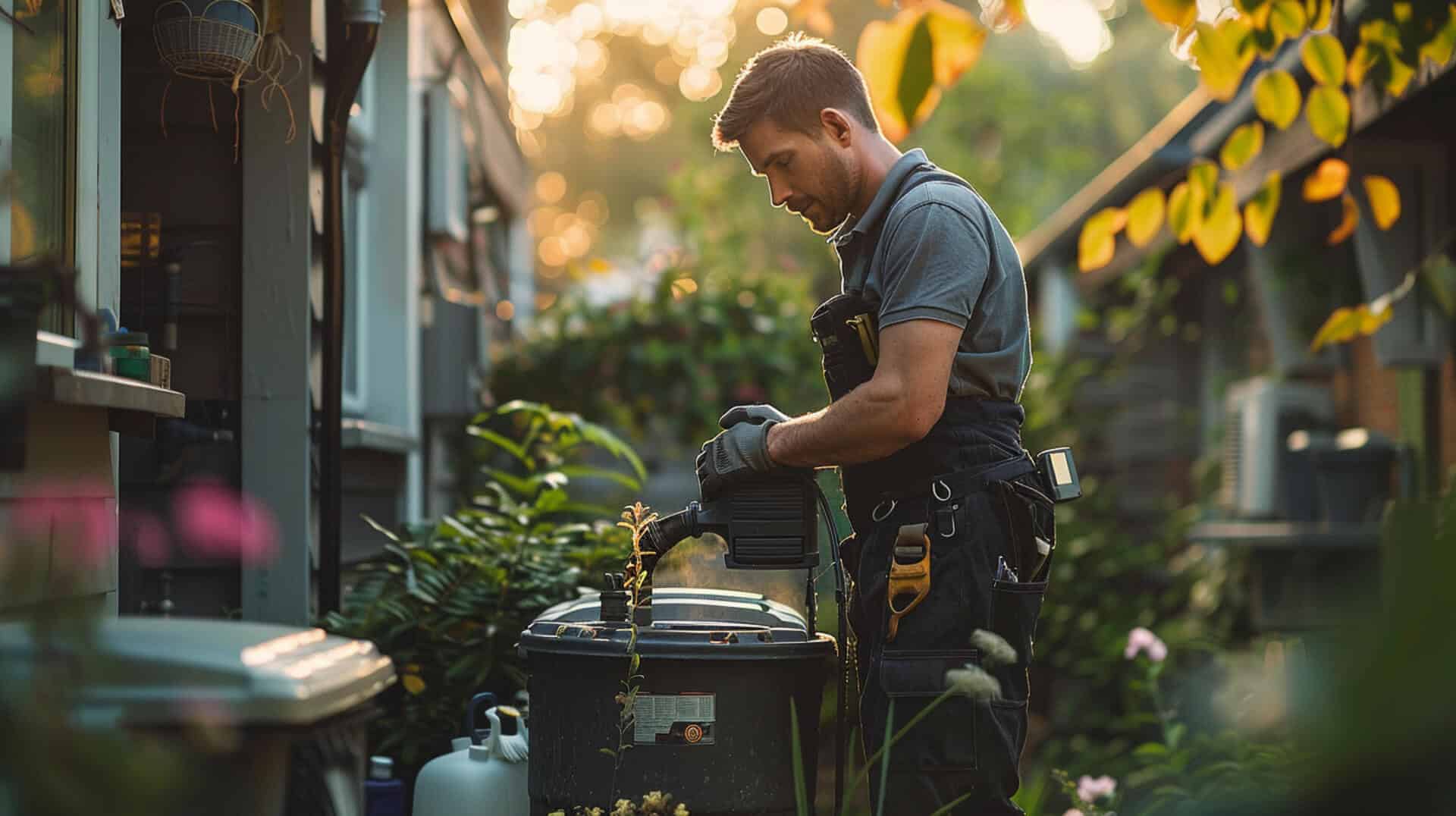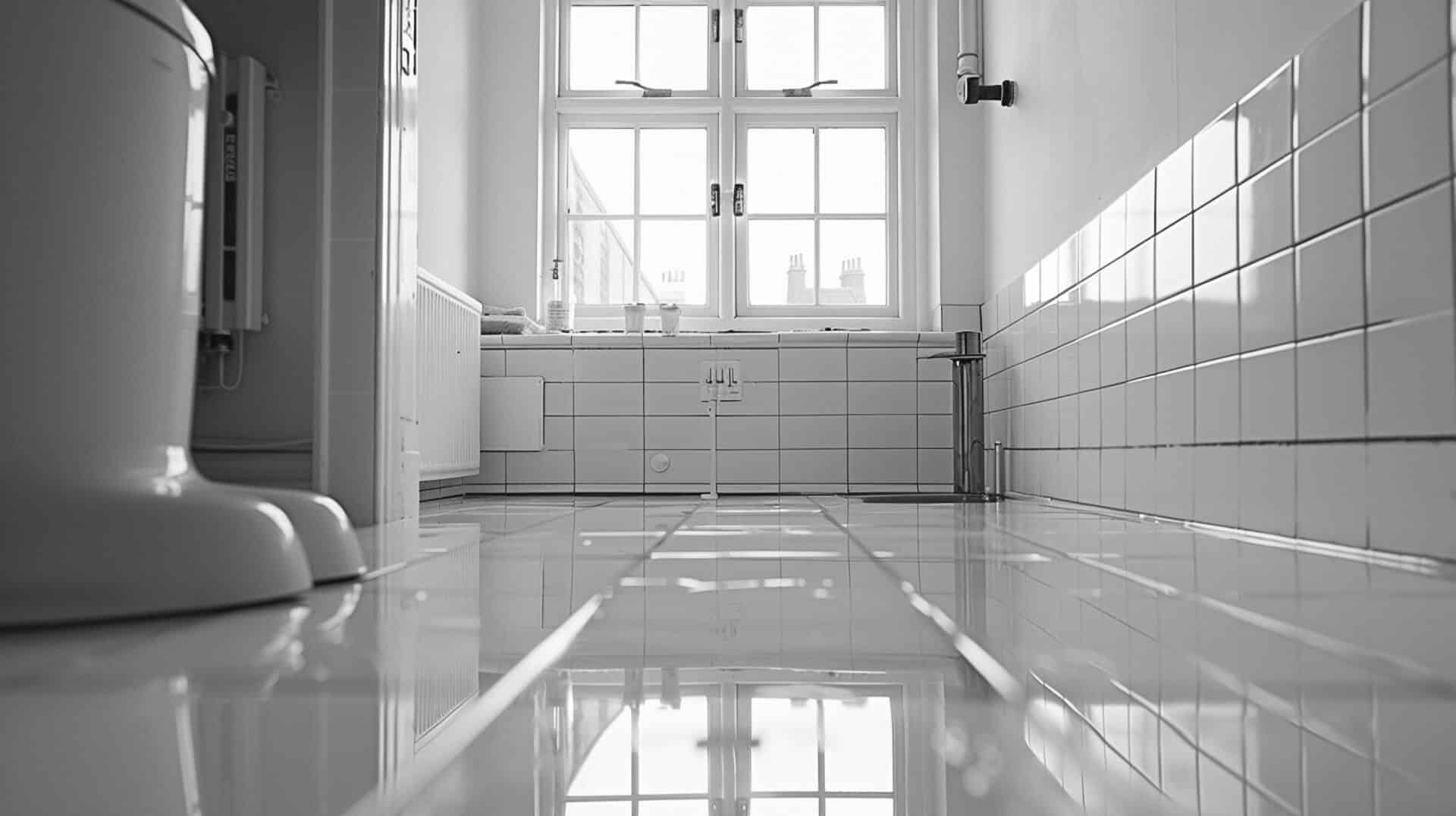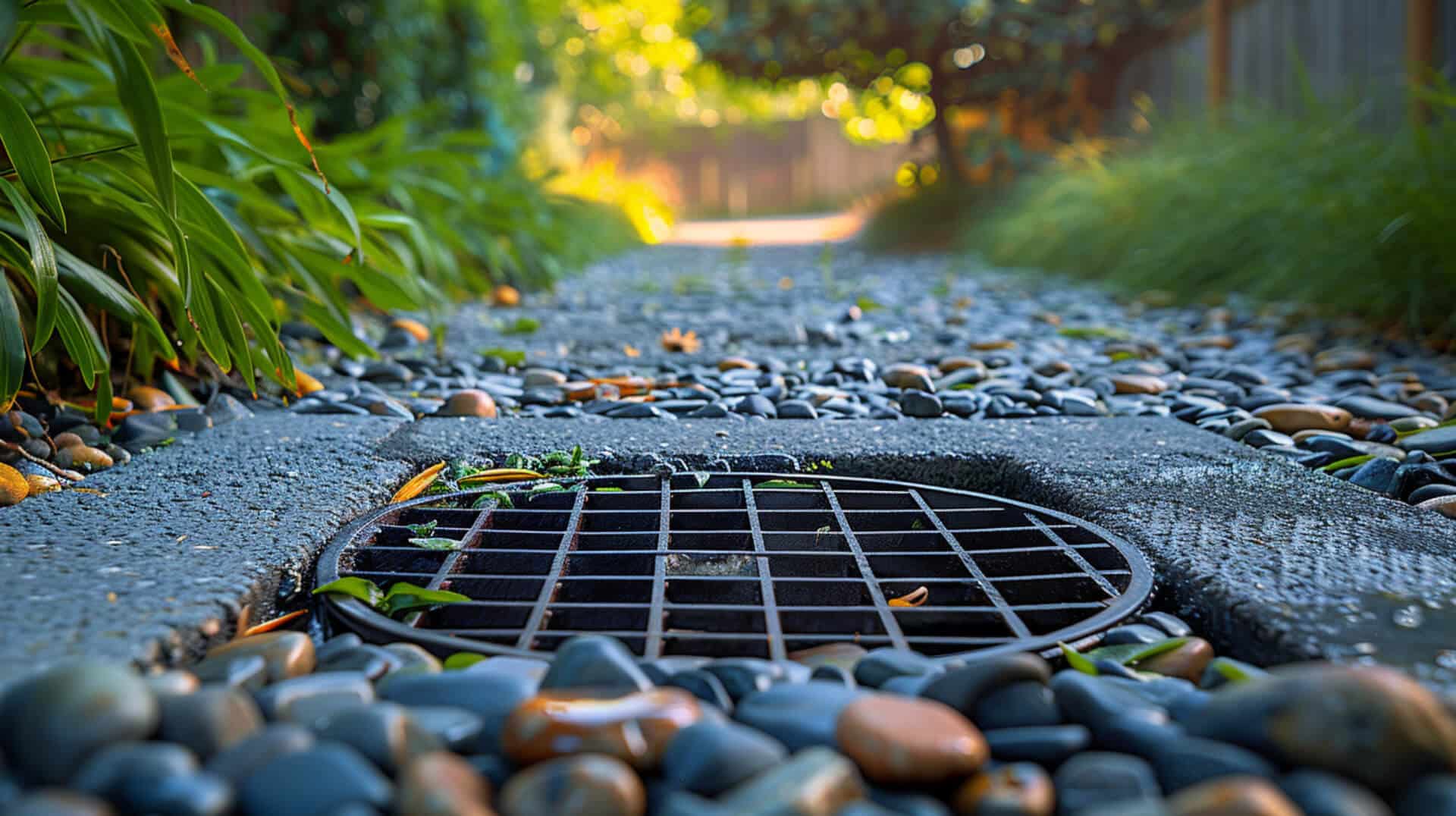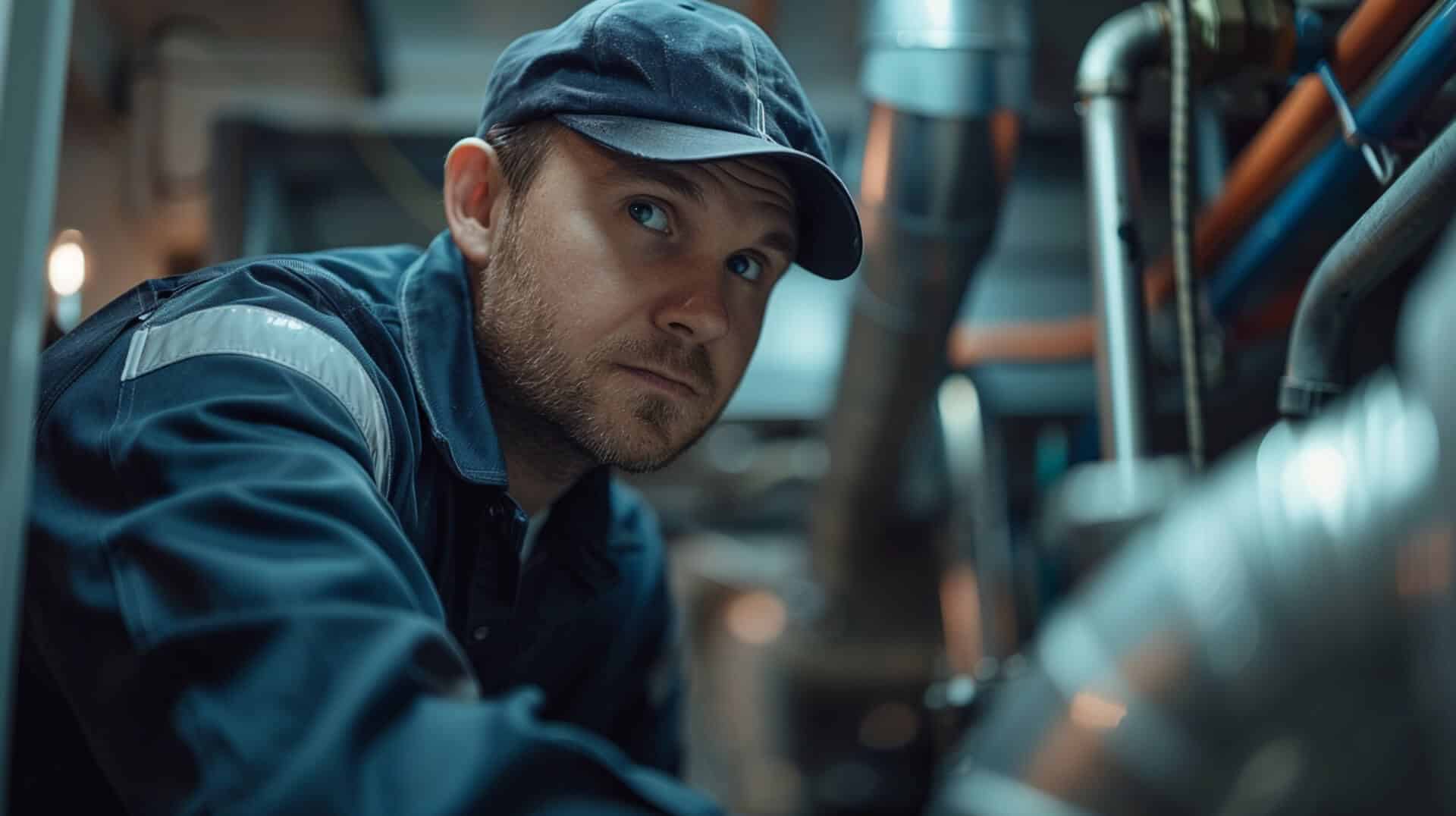 How Often Is Maintenance Performed Under A Drainage Maintenance Contract
How Often Is Maintenance Performed Under A Drainage Maintenance Contract

Definition and Purpose
A drainage maintenance contract is a formal agreement between a service provider and a property owner, business owner, or facility manager. This contract outlines the terms and conditions under which regular maintenance of the property’s drainage systems will be conducted to ensure their proper function and longevity.
Key Stakeholders
The primary parties interested in such contracts are property owners, business owners, and facility managers. They are responsible for the upkeep of the property and understand that efficient drainage systems are critical to maintaining the property’s structural integrity and value.
Contributions to Drainage System Longevity
Regular maintenance as stipulated in these contracts is essential for preventing issues such as blockages, water damage, and erosion. By adhering to a maintenance schedule, the longevity and efficiency of drainage systems are significantly enhanced, reducing the likelihood of costly emergency repairs and extending the life of the infrastructure.
Essential for Property Management
For those managing properties, drainage maintenance contracts are not just about fulfilling a routine task; they are a proactive measure to safeguard against potential disasters. These contracts ensure that experts regularly assess and maintain the drainage systems, thereby mitigating risks associated with water damage and ensuring compliance with environmental regulations.
Determining Maintenance Frequency
When establishing a drainage maintenance contract, several factors are taken into account to determine the frequency of maintenance visits. These factors ensure that your drainage system remains in optimal condition, safeguarding your property from potential water damage and other related issues.
Influence of System Age on Maintenance Schedules
The age of your drainage system plays a significant role in scheduling maintenance. Older systems may require more frequent checks due to potential wear and tear, while newer installations might benefit from less frequent but thorough inspections to maintain their efficiency.
Climate Considerations in Scheduling
Climate conditions are a critical consideration in maintenance planning. Areas prone to heavy rainfall or freezing temperatures may necessitate more regular maintenance to prevent blockages and damage caused by weather extremes.
Emergency Visits in Maintenance Contracts
Maintenance contracts typically include provisions for emergency visits. These are crucial for addressing unforeseen issues such as sudden blockages or system failures that could lead to immediate water damage or flooding, ensuring prompt resolution to minimise impact on your property.
Understanding Different Drainage Systems
Maintenance contracts must account for the specific type of drainage system in place. The two primary categories are foul water systems, which handle waste water, and storm/surface water systems, designed to manage excess rainwater.
Foul vs. Storm/Surface Water Systems
Foul water systems are dedicated to managing sewage and waste water from your property, leading to sewage treatment facilities. In contrast, storm/surface water systems deal with rainwater, directing it away from your property to prevent flooding and water damage.
Varied Maintenance Needs
Each system type has unique maintenance requirements. Foul water systems often need more frequent checks due to the potential for blockages and sanitary concerns. Storm/surface water systems, while less complex, still require regular maintenance to handle debris and prevent overflow during heavy rainfall.
Importance of Separate Maintenance Schedules
It’s essential to maintain separate schedules for each system to ensure that all components receive the attention they need. This approach prevents cross-contamination and ensures that both systems operate efficiently.
Components Requiring Frequent Maintenance
Within these systems, certain components, such as gutters, downspouts, and catch basins, typically require more frequent maintenance due to their direct exposure to environmental elements and debris accumulation.
Implementing Preventive Maintenance Measures
Preventive maintenance is a cornerstone of drainage maintenance contracts, designed to avert significant repairs and ensure the longevity of drainage systems. These contracts typically include a variety of proactive measures.
Regular Inspections: The First Line of Defence
Regular inspections are a critical component of preventive maintenance. They allow for the early detection of potential issues, such as minor blockages or wear and tear, which can be addressed before escalating into more significant problems.
The Role of Cleaning in System Longevity
Cleaning is not merely a matter of aesthetics; it is vital for the functionality of drainage systems. Removing debris and buildup from components like gutters, downspouts, and catch basins prevents blockages that can lead to water damage or system failure.
Scheduling Preventive Maintenance Activities
Property owners can expect preventive maintenance activities to be scheduled based on the specific needs of their drainage system. Factors influencing the schedule include the system’s age, the local climate, and the property’s exposure to environmental factors that could affect the drainage system’s performance.
Tailoring Maintenance Plans to Property Needs
Maintenance plans for drainage systems are not one-size-fits-all. They can be, and often need to be, customised to address the unique characteristics and requirements of each property.
Considerations for Customised Maintenance
When customising a maintenance plan, several factors are considered to ensure the plan’s effectiveness. These include the property’s size, the complexity of the drainage system, the age of the infrastructure, and the environmental conditions to which the system is exposed. Additionally, the history of any drainage issues and the property’s usage patterns play a role in shaping the maintenance schedule.
Importance of Customization in Drainage Maintenance
Customization is crucial because it ensures that the maintenance activities are directly aligned with the needs of the drainage system. This targeted approach helps in preventing over-maintenance, which can be unnecessarily costly, or under-maintenance, which can lead to system failures.
Responsibility for Customization
The responsibility for determining the specifics of a customised maintenance plan typically falls to a collaboration between the property owner and the maintenance service provider. The service provider’s expertise and the owner’s knowledge of their property combine to create a maintenance plan that is both thorough and efficient, ensuring the drainage system’s optimal performance.
Integrating Technology in Drainage Maintenance
In the realm of drainage maintenance, technology plays a pivotal role in enhancing the efficiency and effectiveness of service delivery. Advanced tools and software solutions are employed to ensure that your drainage system is maintained to the highest standards.
Technological Tools for Drain Maintenance
The use of technology in drainage maintenance encompasses a variety of tools designed to diagnose and resolve issues swiftly. For instance, CCTV drainage surveys are instrumental in identifying blockages and structural problems within the drainage system without the need for invasive procedures. High-pressure water jetting is another advanced technique utilised to clear stubborn blockages, ensuring that your drainage system functions optimally.
Streamlining Operations with Software Solutions
Software solutions such as FieldInsight and Metro Rod services contribute significantly to the streamlining of maintenance operations. These platforms offer features like automated reminders, real-time data capture, and customer relationship management (CRM), which not only enhance the scheduling and execution of maintenance tasks but also ensure compliance with legal and environmental standards.
The Importance of Real-Time Data Capture
Real-time data capture is crucial in drainage maintenance as it allows for immediate analysis and response to the current state of the drainage system. This proactive approach facilitates early detection of potential issues, enabling timely interventions that can prevent more extensive and costly repairs in the future.
By leveraging these technological advancements, property owners, business owners, and facility managers can rest assured that their drainage maintenance needs are addressed promptly and effectively, with minimal disruption to their operations.
Adhering to Environmental Standards in Drainage Maintenance
Maintenance practices under a drainage maintenance contract are designed not only to keep the drainage system in optimal condition but also to ensure compliance with environmental regulations.
Sustainable Drainage Systems and Conservation
Sustainable Drainage Systems (SuDS) play a significant role in environmental conservation. These systems are engineered to mimic natural water processes, reducing the impact of urbanisation on water quality. Under a maintenance contract, SuDS components require specific attention to ensure they continue to function effectively and contribute to ecological preservation.
Pollution Prevention in Contractual Maintenance
Pollution prevention is a critical aspect of drainage maintenance contracts. Regular maintenance helps to prevent contaminants from entering watercourses, thereby safeguarding local ecosystems. This includes the management of potential sewage overflows and the proper disposal of waste materials.
Oversight of Environmental Compliance
The responsibility for overseeing environmental compliance typically lies with the maintenance service provider. They ensure that all activities adhere to current environmental legislation, which may involve regular updates to practices as regulations change. For property owners, this oversight provides peace of mind that their drainage maintenance aligns with legal and environmental standards.
Addressing Common Maintenance Challenges
Maintaining a drainage system can present various challenges that require proactive strategies to manage effectively. Understanding these challenges is key to ensuring the longevity and functionality of your drainage system.
Identifying and Overcoming Drainage Issues
Common issues encountered during maintenance include clogged drains, standing water, and erosion. These problems can lead to more significant concerns, such as infrastructure damage and environmental harm. Property owners, business owners, and facility managers can overcome these challenges by engaging in regular maintenance and employing advanced techniques for early detection.
The Crucial Role of Early Detection
Early detection and intervention are paramount in managing drainage challenges. Utilising tools like CCTV drainage surveys helps identify issues before they escalate, allowing for timely and less invasive solutions. This proactive approach minimises the risk of costly repairs and operational downtime.
Lifecycle Considerations for Drainage Systems
Challenges in drainage maintenance typically arise as the system ages. Regular wear and tear, as well as exposure to harsh weather conditions, can affect the system’s efficiency. By understanding the lifecycle of their drainage system, stakeholders can anticipate potential issues and schedule maintenance accordingly to prevent system degradation.
Significance of Maintenance Records in Drainage Contracts
Accurate and comprehensive maintenance records are a fundamental component of drainage maintenance contracts. These records serve as a detailed account of all maintenance activities performed, providing transparency and accountability for both service providers and property stakeholders.
Components of Maintenance Documentation
Maintenance records typically include:
- Dates and details of each inspection and service visit.
- Descriptions of any issues identified and the actions taken to resolve them.
- Records of preventive measures applied, such as cleaning and obstruction removal.
- Updates on the condition of the drainage system components.
Contribution to Efficient Drainage Management
These records contribute to the efficient management of drainage systems by:
- Enabling tracking of the system’s maintenance history.
- Assisting in the early detection of recurring issues.
- Informing decisions on future maintenance needs and planning.
Professional Reporting as a Contractual Feature
Professional reporting is integral to maintenance contracts for several reasons:
- It ensures that all maintenance activities are documented in accordance with industry standards.
- It provides property owners with clear evidence of contract fulfilment.
- It supports compliance with legal and environmental regulations.
Beneficiaries of Detailed Maintenance Records
Detailed documentation benefits a broad range of stakeholders, including:
- Property owners and managers, who gain insights into the health of their drainage systems.
- Maintenance service providers, who use the records to refine their service offerings.
- Regulatory bodies, which may require proof of proper maintenance for compliance purposes.
Communicating Maintenance Schedules to Stakeholders
Effective communication is essential in maintaining a transparent and trustworthy relationship between service providers and stakeholders. It is crucial for property owners, business owners, and facility managers to be well-informed about the maintenance schedules of their drainage systems.
Methods of Conveying Maintenance Information
Maintenance schedules are typically communicated through various platforms to ensure stakeholders are kept up-to-date:
- Email Notifications: Stakeholders receive scheduled updates and reminders about upcoming maintenance activities.
- Online Portals: Many service providers offer dedicated customer portals where stakeholders can view and manage their maintenance schedules.
- Mobile Apps: Some providers may use apps to send push notifications directly to stakeholders’ smartphones.
Importance of Transparent Scheduling
Transparency in maintenance scheduling is vital for several reasons:
- It builds trust between the service provider and the stakeholder.
- It allows stakeholders to plan accordingly, minimising disruption to their operations.
- It ensures that maintenance activities are carried out in a timely manner, maintaining the integrity of the drainage system.
Responsibility for Stakeholder Communication
The service provider is typically responsible for ensuring that stakeholders are informed of upcoming maintenance. This responsibility includes providing clear, concise, and accurate information about the dates and scope of maintenance activities, as well as any changes that may occur in the schedule.
Leveraging Advanced Techniques in Drainage Maintenance
The field of drainage maintenance is continually evolving, with new techniques and tools being developed to enhance the effectiveness of maintenance activities. These advancements are crucial for ensuring that drainage systems operate efficiently and remain resilient against potential issues.
Innovations in Drainage Maintenance
Recent advancements in drainage maintenance include:
- CCTV Drainage Surveys: Utilising cameras to inspect the interior of drainage pipes, allowing for precise identification of blockages and structural issues without excavation.
- High-Pressure Water Jetting: Deploying high-velocity water streams to clear obstructions and buildup within pipes, providing a non-invasive solution to maintain flow efficiency.
The Importance of Technological Updates
Staying abreast of new maintenance technologies is important because:
- It ensures that the most effective solutions are being used to maintain your drainage system.
- It can lead to more cost-effective maintenance by preventing major repairs through early detection of issues.
- It minimises the environmental impact of maintenance activities by reducing the need for invasive procedures.
Training and Expertise in Modern Maintenance
Service providers typically offer training on the use of advanced tools and techniques. This training ensures that their engineers are equipped with the knowledge and skills necessary to implement the latest maintenance methods, providing you with the highest standard of service for your drainage system.
Maximising Contractual Benefits in Drainage Maintenance
To ensure the most is being made of a drainage maintenance contract, stakeholders should actively engage with the service provider to understand and influence the maintenance schedule and practices.
Enhancing Drainage Maintenance Effectiveness
To enhance the effectiveness of drainage maintenance, consider the following steps:
- Regular Communication: Maintain open lines of communication with your service provider to stay informed about the latest maintenance techniques and schedules.
- Feedback Loop: Provide feedback after each maintenance visit, which can help tailor future maintenance to the specific needs of your property.
- Review of Records: Periodically review maintenance records to ensure all scheduled services have been performed to the expected standard.
The Proactive Approach to Maintenance
A proactive approach to drainage maintenance is recommended because it:
- Prevents Issues: Helps in identifying and resolving potential problems before they escalate.
- Saves Money: Reduces the likelihood of costly emergency repairs.
- Extends System Life: Contributes to the longevity of the drainage system.
Seeking Expert Advice
For further advice on optimising maintenance contracts, property owners can consult:
- Drainage Consultants: Specialists who can provide insights into best practices and custom solutions for your drainage system.
- Industry Associations: Organisations that offer resources and guidelines for maintaining drainage systems effectively.













